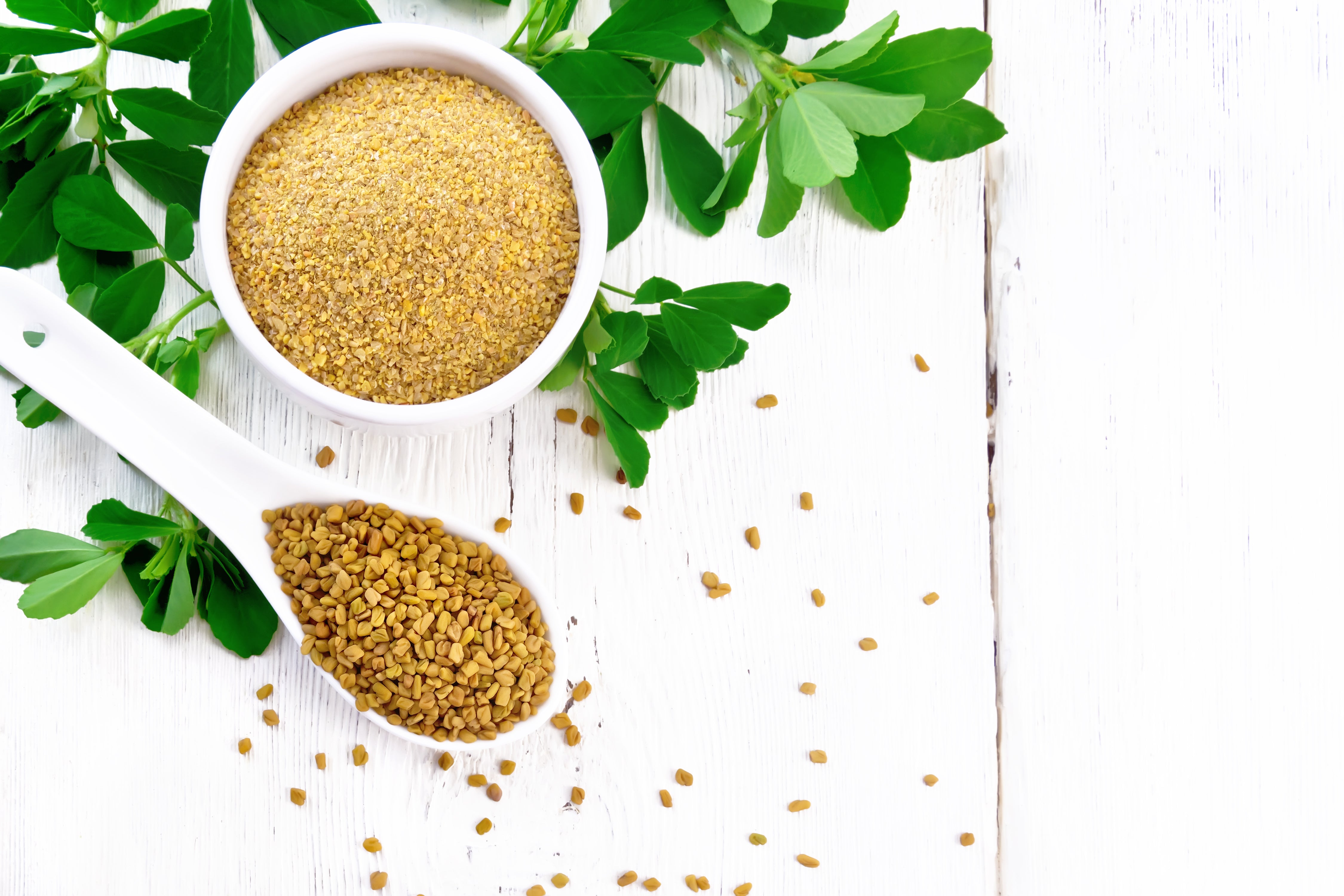Article: The Role of Circadian Rhythm in Recovery and Performance
The Role of Circadian Rhythm in Recovery and Performance
The Role of Circadian Rhythm in Recovery and Performance

Why aligning your daily rhythm may be the most overlooked performance enhancer.
Your body runs on a 24-hour clock, one that controls everything from hormone release to muscle recovery and mental focus.
This internal timing system, known as the circadian rhythm, doesn’t just affect sleep; it determines how efficiently you perform, recover, and adapt to stress. When it’s synced, you feel energized, focused, and strong. When it’s off, even perfect training and nutrition can’t fully make up for it.
What Is the Circadian Rhythm?
Your circadian rhythm is a 24-hour biological cycle governed by light exposure, meal timing, and habitual routines. It’s controlled by the suprachiasmatic nucleus (SCN) in your brain’s hypothalamus, which acts as your body’s master clock, coordinating signals to every organ and tissue.
This rhythm regulates key physiological processes, including:
- Hormone production (like cortisol, testosterone, melatonin)
- Body temperature and metabolism
- Muscle repair and recovery
- Sleep quality and cognitive performance
In short: the circadian rhythm tells your body when to perform and when to recover.
Why Circadian Rhythm Matters for Performance
1. Hormonal Balance and Recovery
Hormones operate on circadian schedules.
Cortisol peaks in the morning to promote alertness and energy, then tapers off throughout the day.
Testosterone and growth hormone peak during deep sleep, driving recovery and muscle repair.
When your sleep cycle is disrupted, by late nights, irregular schedules, or poor light exposure, these hormones fall out of sync. Over time, this imbalance can lead to fatigue, slower recovery, and reduced performance capacity.
2. Muscle Protein Synthesis and Training Timing
Research suggests that muscle strength, coordination, and reaction time naturally peak in the late afternoon when body temperature and neural activity are highest【1】.
Similarly, protein synthesis, the process of repairing and building muscle, is more efficient when aligned with your natural rhythm of activity and rest.
Inconsistent sleep or training at random hours confuses this cycle, blunting adaptation and recovery.
3. Sleep: The Ultimate Recovery Tool
Sleep isn’t just rest, it’s your body’s nightly reset. During deep sleep stages, growth hormone is released, tissues are repaired, and the brain clears metabolic waste.
Studies show that even one night of restricted sleep can reduce testosterone by up to 10–15%【2】, and chronic deprivation compounds that over time.
Quality, consistent sleep is the foundation of every performance metric that matters: strength, focus, and motivation.
Signs Your Circadian Rhythm Is Out of Sync
- Difficulty falling asleep or waking up
- Afternoon energy crashes or late-night alertness
- Brain fog or inconsistent focus Poor recovery despite proper nutrition and training
- Mood swings or lack of motivation
If these sound familiar, your internal clock might need a reset.
How to Realign Your Circadian Rhythm
1. Get Morning Light Exposure
Within 30–60 minutes of waking, get outside or near natural light. This tells your brain it’s daytime, boosting cortisol and dopamine naturally while suppressing melatonin.
2. Keep Consistent Sleep and Wake Times
Go to bed and wake up at roughly the same time daily, even on weekends. This consistency strengthens your body’s internal rhythm.
3. Train at the Same Time Each Day
Your body adapts best when training happens at predictable times. Morning training can enhance alertness, while late afternoon sessions may yield peak strength performance, choose one and stay consistent.
4. Limit Blue Light at Night
Blue light from screens delays melatonin release. Dim your environment 1–2 hours before bed, or use blue-light filters and warm lighting.
5. Time Meals Strategically
Eating late at night confuses your body’s metabolic clock. Try to finish your last meal at least 2–3 hours before bed.
6. Support with Adaptogens and Nutrition
Chronic circadian disruption often elevates cortisol and impairs recovery.
Adaptogens like Ashwagandha and Panax Ginseng can help balance the stress response and promote steadier energy rhythms throughout the day【3】【4】.
The STRIV Labs Perspective
At STRIV Labs, we believe recovery and performance start with rhythm, not just supplements.
Our Peak Recovery and Peak Potential formulations are built around this principle: supporting the body’s natural cycles of stress and repair.
Adaptogens like ashwagandha and ginseng help smooth out daily cortisol fluctuations, while nutrients like magnesium and zinc support deep sleep and hormone production. Because the best performance hack isn’t doing more, it’s recovering better.
Takeaway
Your circadian rhythm is the silent engine behind energy, focus, and recovery.
Sync your sleep, light, meals, and training with your body’s internal clock, and you’ll notice more consistent energy, deeper recovery, and stronger overall performance.
The science is clear: consistency is the new intensity.
References
- Chtourou H, Souissi N. The effect of training at a specific time of day: a review. J Strength Cond Res. 2012;26(7):1984–2005.
- Leproult R, Van Cauter E. Effect of one week of sleep restriction on testosterone levels in young healthy men. JAMA. 2011;305(21):2173–2174.
- Chandrasekhar K et al. Ashwagandha root extract in reducing stress and improving quality of life. Indian J Psychol Med. 2012;34(3):255–262.
- Spasov AA et al. Rhodiola rosea SHR-5 extract on fatigue and mental performance. Phytomedicine. 2000;7(2):85–89.

